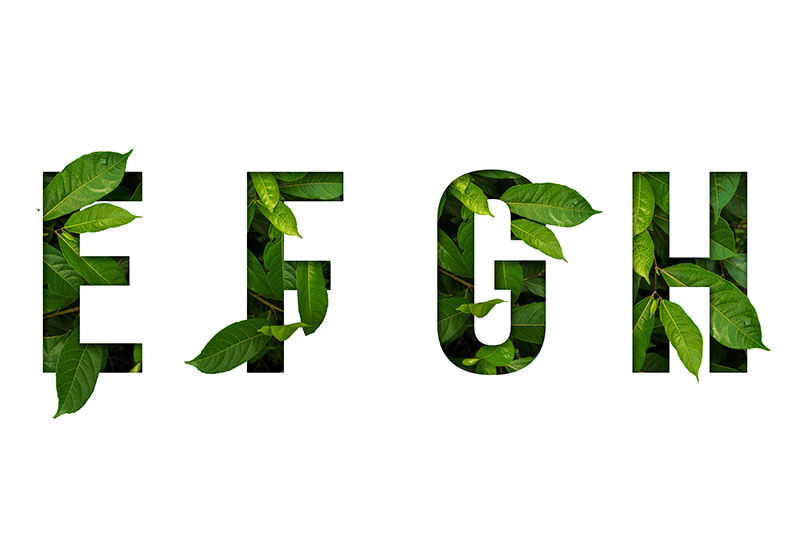Table of Contents
What is lettering?
Lettering is the art of drawing letters in a creative and decorative way. Unlike calligraphy, which focuses on the act of writing, lettering concentrates on the design and creation of every single letter, almost as if they were miniature drawings or works of art.
Lettering: beautiful writing is an art
Lettering is much more than just stylised writing: it’s an art form that combines design and creativity. Lettering artists do more than just write: they design and decorate each letter to create a unique piece of artwork.

Some lettering artists become famous for their skill in creating original and engaging compositions that turn phrases and quotes into genuine pieces of art. Lettering can convey emotions and powerful messages through the use of colours, gradients, shadows and various styles.
Key lettering tools
Before you begin lettering, you’ll need a few basic tools:
Pencils and erasers: perfect for sketching your drawings before finalising them.
Lettering pens: there are various types available, from fineliners to brush pens. Your choice will depend on the style you’re looking for.
Quality paper: smooth paper of a decent thickness is essential to avoid the ink smudging or spreading uncontrollably across the surface.
Rulers and set squares: to keep your lines straight and the proportions of the letters correct.
Design software: programs like Adobe Illustrator and Procreate are ideal if you want to digitalise and then add the finishing touches to your drawings.
The main differences between lettering and calligraphy
While both lettering and calligraphy involve writing and designing letters, there are some key differences between the two:
Creative process: calligraphy is based on the act of writing, while lettering concentrates on designing each individual letter.
Tools: while calligraphers mainly use fountain pens or nibs, in lettering you can use anything from pencils and fineliner pens to brushes.
Reproducibility: a phrase written using calligraphy will always be unique, as it is difficult to replicate the exact same pen strokes. In lettering, once you have designed a letter, it can be reproduced over and over again.
How to create simple lettering
If you’re new to the world of lettering, here are a few steps to follow to get you started on a simple design:
Choose a phrase or word: think about what you want to write. It could be a quotation, a favourite word of yours or a message you wish to convey.
Create a pencil draft: before you start using ink, draft a few ideas in pencil to work out how to space out the letters and which styles to use. Don’t worry about making mistakes at this stage: experiment until the perfect idea comes to you.
Decide on your style: there are countless different lettering styles. You could opt for an elegant script, a bolder, more modern approach, or any other style you like. Take inspiration from the countless examples you can find online.
Start outlining: once you’re happy with your sketch, go over the letters with a fineliner or lettering pen.
Add details and decorations: now you can really let your creativity run wild by adding shadows, lines and colours: every detail can make a difference. Feel free to customise and work on even the smallest details.
Digitalise (if required): If you want, you can scan or photograph your design and make further changes to it using digital software. Digitalising your letter designs can be an excellent idea, as it allows you to add special effects or details using graphic design software of your choosing.
Prepare a suitable environment for lettering
Creating the right environment can make a big difference to your progress when learning lettering. Here are a few hints and tips on how to create a working environment that will inspire your creativity:
Lighting: make sure your space is well lit, preferably with natural light.
Clean work space: a clear and organised table will help you concentrate better.
Comfort: a comfortable chair and correct posture are essential.
Materials within reach: organise your tools so they are easily accessible.
Inspiration: hang up examples of lettering or other forms of art to inspire you.
Hold your pencil/pen correctly: this may seem like a silly suggestion, but it’s actually very important. Get used to holding your pen or pencil between your thumb and index finger, keeping roughly a finger’s distance between the tip of the pen or pencil and the fingers. You’ll avoid annoying cramps, and get greater control of your strokes.
Be patient: patience is a virtue! Don’t be discouraged if your first results don’t live up to your expectations. And take all the time you need to develop your creativity.

In conclusion, lettering is a wonderful mix of art and writing, where each letter tells a story and conveys an emotion. Whether you’re a beginner or an expert artist, I hope this guide has given you a clear overview and inspired you to begin your journey in the world of lettering.

